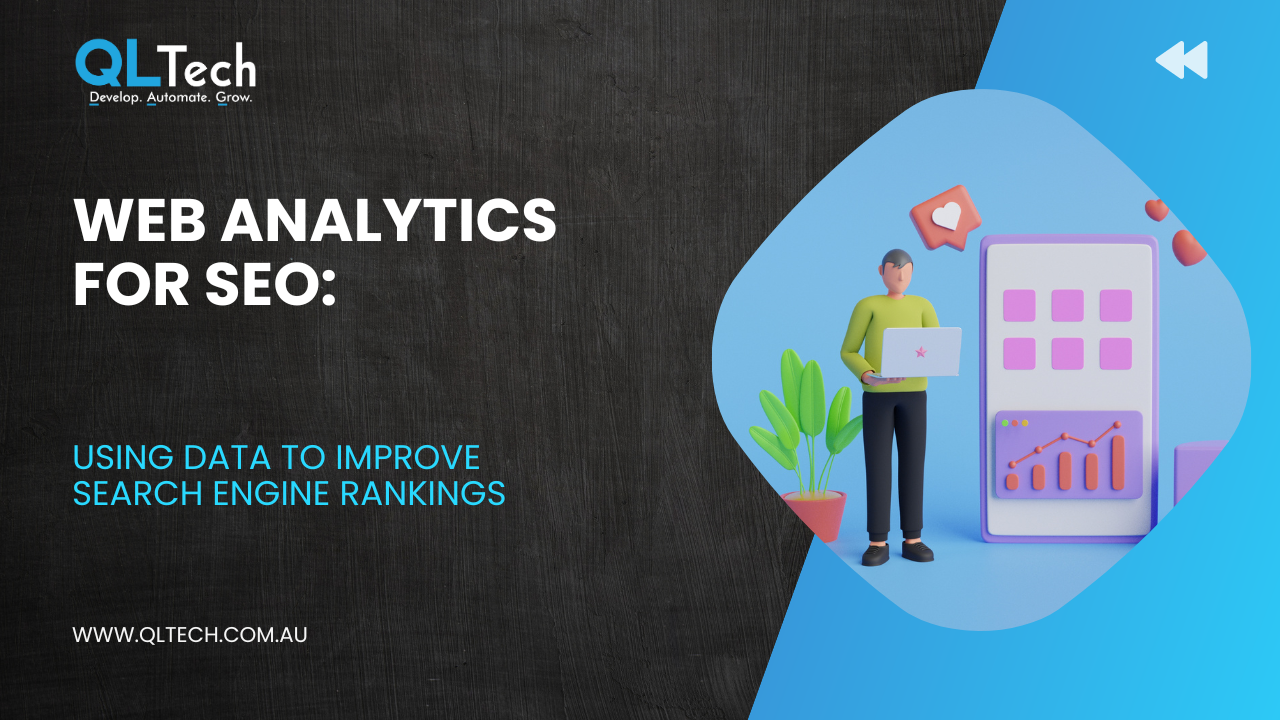The advent of 5G technology promises to revolutionise the way marketers engage with consumers by delivering ultra-fast connectivity and unprecedented data transfer speeds. In the realm of marketing, 5G opens up a host of possibilities for creating immersive, personalised, and real-time experiences that were previously unattainable. This article explores how businesses can leverage 5G connectivity to enhance their marketing campaigns and connect with consumers in new and innovative ways.

1. Ultra-Fast Content Delivery:
- With 5G’s ultra-fast download and upload speeds, marketers can deliver high-quality multimedia content to consumers in a fraction of the time compared to previous generations of mobile networks. This enables the seamless streaming of videos, immersive augmented reality (AR) experiences, and interactive content that captures and holds consumers’ attention.
2. Immersive Augmented Reality (AR) and Virtual Reality (VR) Experiences:
- 5G’s low latency and high bandwidth make it ideal for delivering immersive AR and VR experiences to consumers’ mobile devices. Marketers can create interactive AR overlays that provide additional information about products or services when viewed through a smartphone camera, or transport consumers to virtual worlds where they can explore products in a lifelike environment.
Real-Time Personalisation and Targeting:
- 5G enables real-time data processing and analysis, allowing marketers to personalise content and offers based on consumers’ behavior, location, and preferences. With 5G’s low latency, marketers can deliver personalised messages and recommendations to consumers at the exact moment when they are most likely to make a purchase or engage with a brand.
Enhanced Location-Based Marketing:
- 5G’s precise geolocation capabilities enable more accurate and granular location-based marketing strategies. Marketers can deliver targeted promotions, discounts, and offers to consumers based on their precise location, such as when they are near a store or attending a specific event, increasing the relevance and effectiveness of their marketing campaigns.
Interactive Live Streaming and Events:
- 5G’s high-speed connectivity enables seamless live streaming of events, product launches, and interactive experiences that engage consumers in real-time. Marketers can host live Q&A sessions, product demonstrations, and virtual events that allow consumers to interact with brands and influencers, fostering deeper connections and driving engagement.
IoT Integration for Smart Marketing Solutions:
- 5G’s support for the Internet of Things (IoT) enables the integration of smart devices and sensors into marketing campaigns, creating personalised and context-aware experiences for consumers. Marketers can leverage IoT data to deliver targeted messages, automate marketing workflows, and measure the effectiveness of their campaigns in real-time.
High-Quality Video Advertising:
- 5G’s high bandwidth and low latency make it ideal for delivering high-quality video ads that capture consumers’ attention and drive engagement. Marketers can create compelling video content that showcases products, tells stories, and evokes emotions, knowing that consumers will be able to stream it seamlessly on their mobile devices.
Gamification and Interactive Experiences:
- 5G enables the creation of interactive gamified experiences that encourage consumer participation and engagement. Marketers can develop mobile games, quizzes, and challenges that reward consumers for interacting with their brand, driving brand awareness, loyalty, and advocacy.
Predictive Analytics and AI-Powered Insights:
- With 5G’s real-time data processing capabilities, marketers can leverage predictive analytics and AI-powered insights to anticipate consumer behavior and optimise their marketing strategies accordingly. By analysing vast amounts of data in real-time, marketers can identify trends, patterns, and opportunities to better target and engage their audience.
Privacy and Security Considerations:
- As with any new technology, marketers must prioritise privacy and security when leveraging 5G connectivity for marketing campaigns. Ensuring compliance with data protection regulations, implementing robust security measures, and being transparent about data collection and usage are essential to building trust with consumers and protecting their sensitive information.
Conclusion: 5G technology presents a myriad of opportunities for marketers to create innovative, personalised, and immersive experiences that resonate with consumers on a deeper level. By leveraging 5G’s ultra-fast connectivity, low latency, and real-time data processing capabilities, marketers can deliver high-quality content, personalised messages, and interactive experiences that drive engagement, loyalty, and revenue. As 5G continues to roll out and become more widely available, businesses that embrace this technology will be well-positioned to stay ahead of the curve and meet the evolving needs and expectations of their audience.







